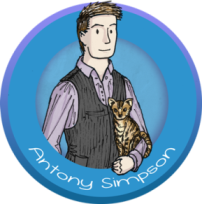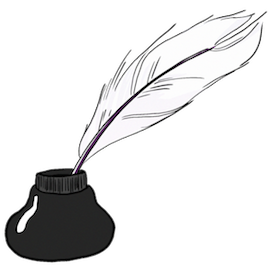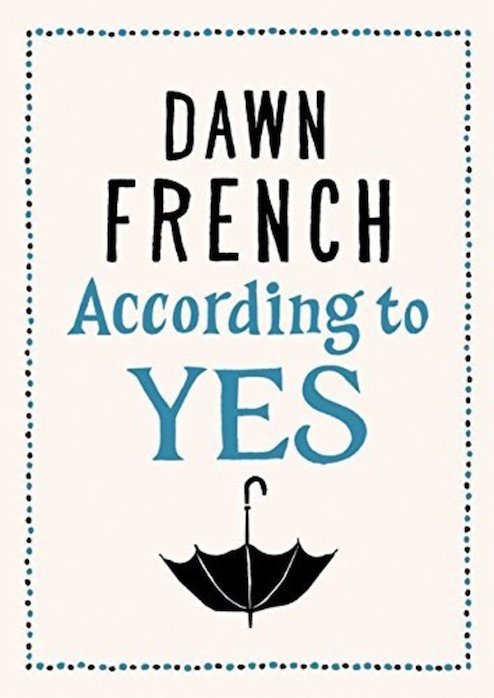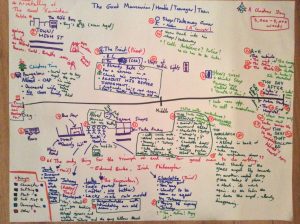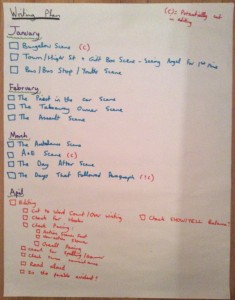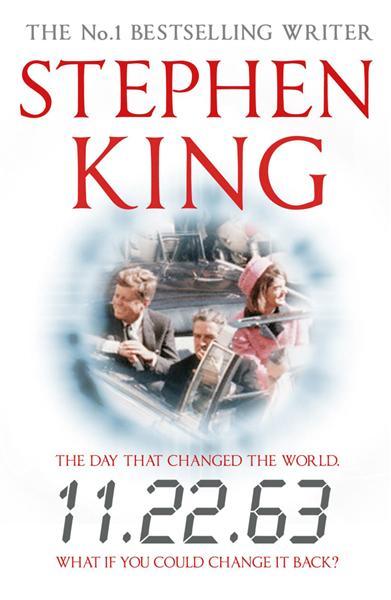 |
In 11.22.63 by Stephen King Jake Epping an English Teacher is recruited by Al an Diner Owner to step back in time from 2011 to 1958.
Al has a rabbit hole – a bubble in time, in the pantry of his Diner that people can step through to go back in time to Tuesday 9th September 1958. Al first sends Jake on a trip to explore because seeing is believing. Jake spends a few hours in 1958 and when he gets back to 2011, he finds that only two minutes have passed. Al says it’s always the same. No matter how long you stay in the past, even months or years, you have only ever been gone for 2 minutes. Then Al, who is dying of lung cancer, tells Jake what he would like him to do. Al wants Jake to go back in time and stop the assassination of John F. Kennedy (JFK). Al has it all planned out. He would go back and do it himself, but he fears he doesn’t have the time. |
Al gives Jake a pseudonym, George Amberson, along with ID, thousands of dollars (Al made by betting on sporting events) and extensive notes he made about the assassination. Jake tells Al the truth: he’s worried he’ll mess up.
Al reassures Jake can (mostly) reset the past by stepping back through the rabbit hole into 2011. It is then that Jake realises two things:
1) That if he is successful, he’ll have to stay and live out his life in the past.
2) That he may have to do some very bad things to achieve his mission (although he doesn’t actively acknowledge it at this point).
The plot idea of 11.22.63 was mildly interesting for a Brit and probably more intriguing for an American. The mammoth-sized book totals 740 pages. The pacing was reasonable at times and at other times excruciatingly slow.
Reading 11.22.63 felt like hard work, unlike any of the other Stephen King books I’ve read. Parts of the book were significantly over written and the last quarter of the book significantly underwritten. The ending was flat, lacking any depth or satisfactory conclusion.
However the description in 11.22.63 was exceptional. Whether this was from good research or Stephen King’s personal experience, I couldn’t tell.
Jake (George) is a good man that ends up doing terrible things including murder, with the intention of making a better future. He is a very redemptive character and the story is written from his perspective. By Stephen King writing the story from Jake’s first person perspective, it helped me develop some positive regard for the man.
Al was interesting but is removed far too early from the story. The other characters were all two dimensional. It would have been great to have more than one main character, as Jake’s voice did become tiresome about half way through the book.
I wanted to enjoy 11.22.63 as much as I’ve enjoyed all of the other Stephen King books that I’ve read. But it just didn’t happen.
11.22.63 is available to buy on Amazon and at all good bookshops.
Review soon,
Antony

